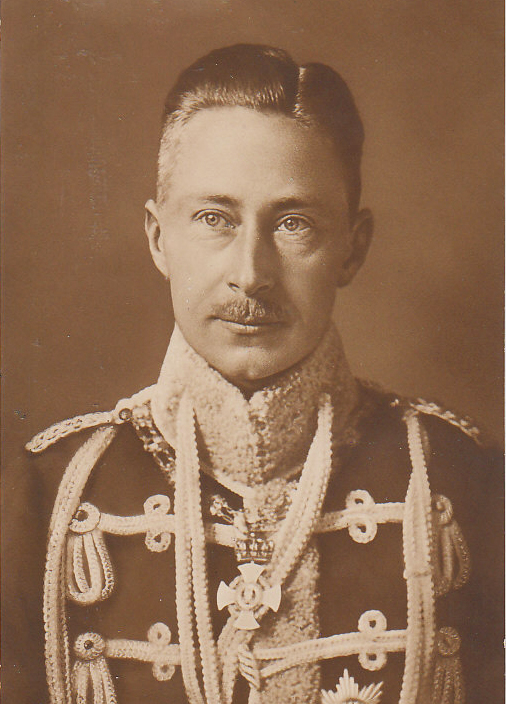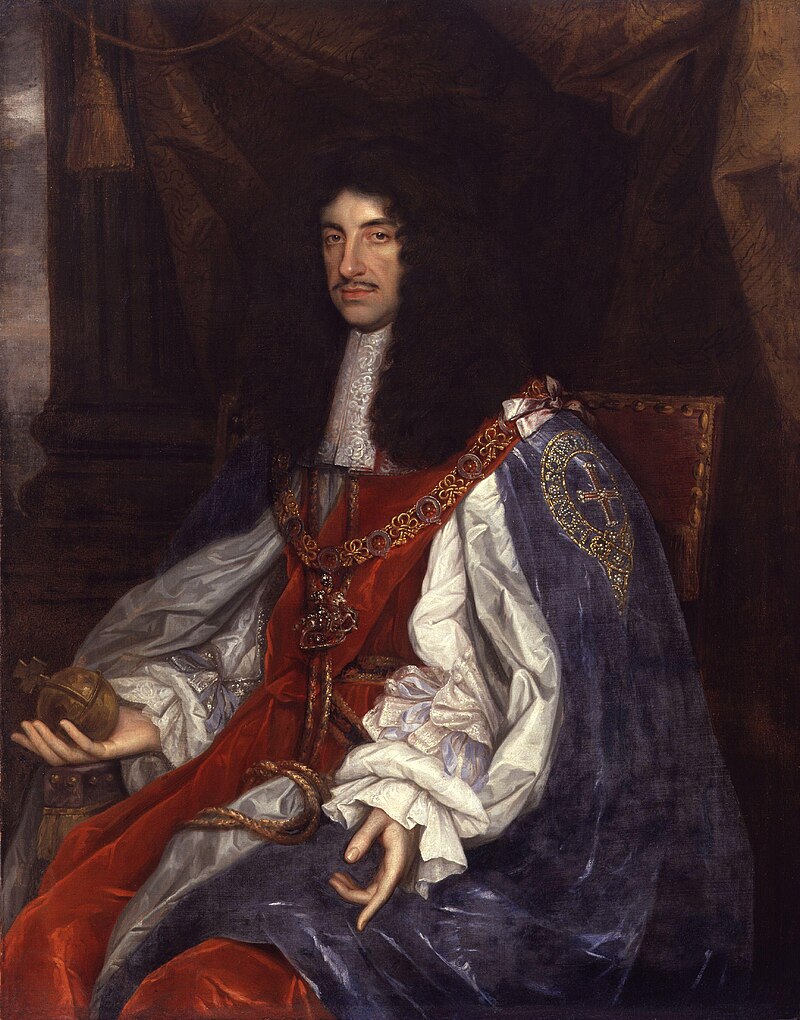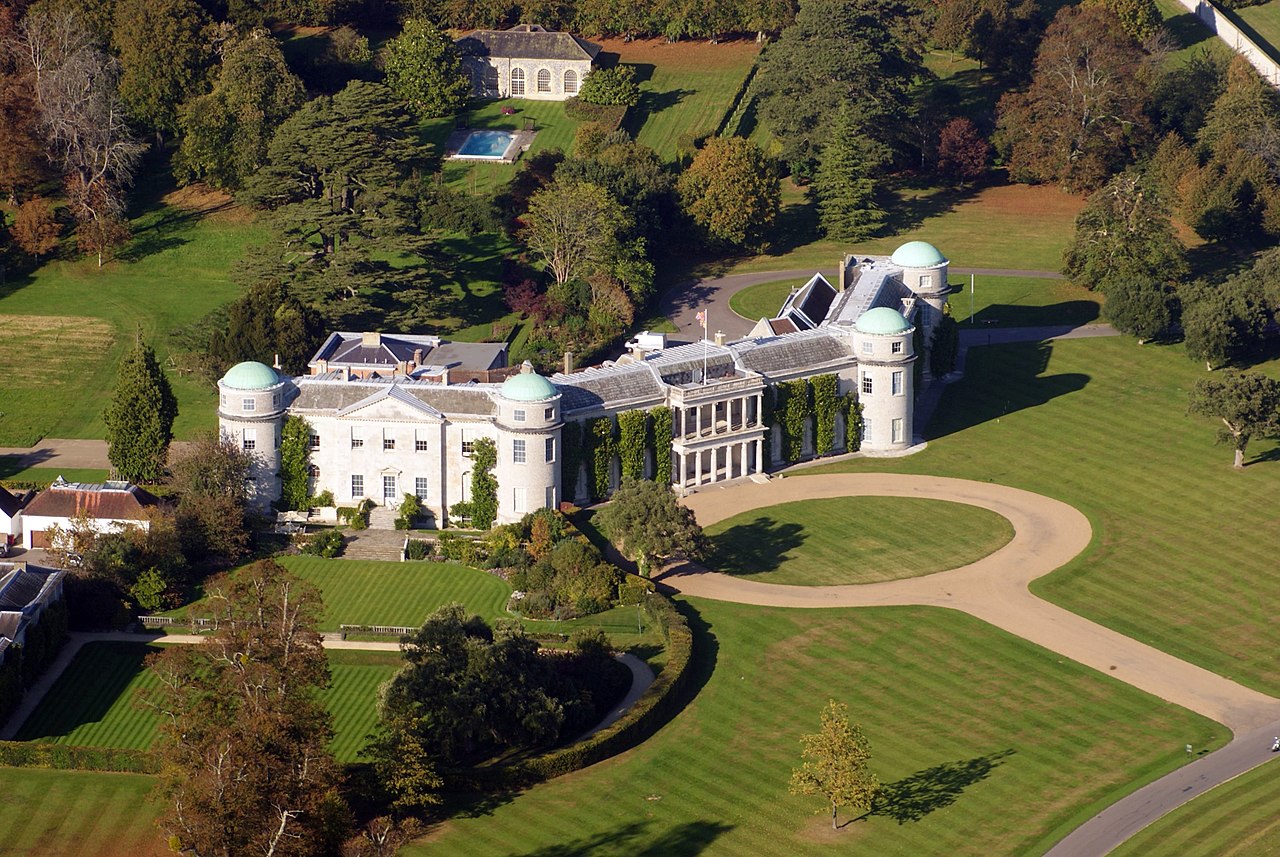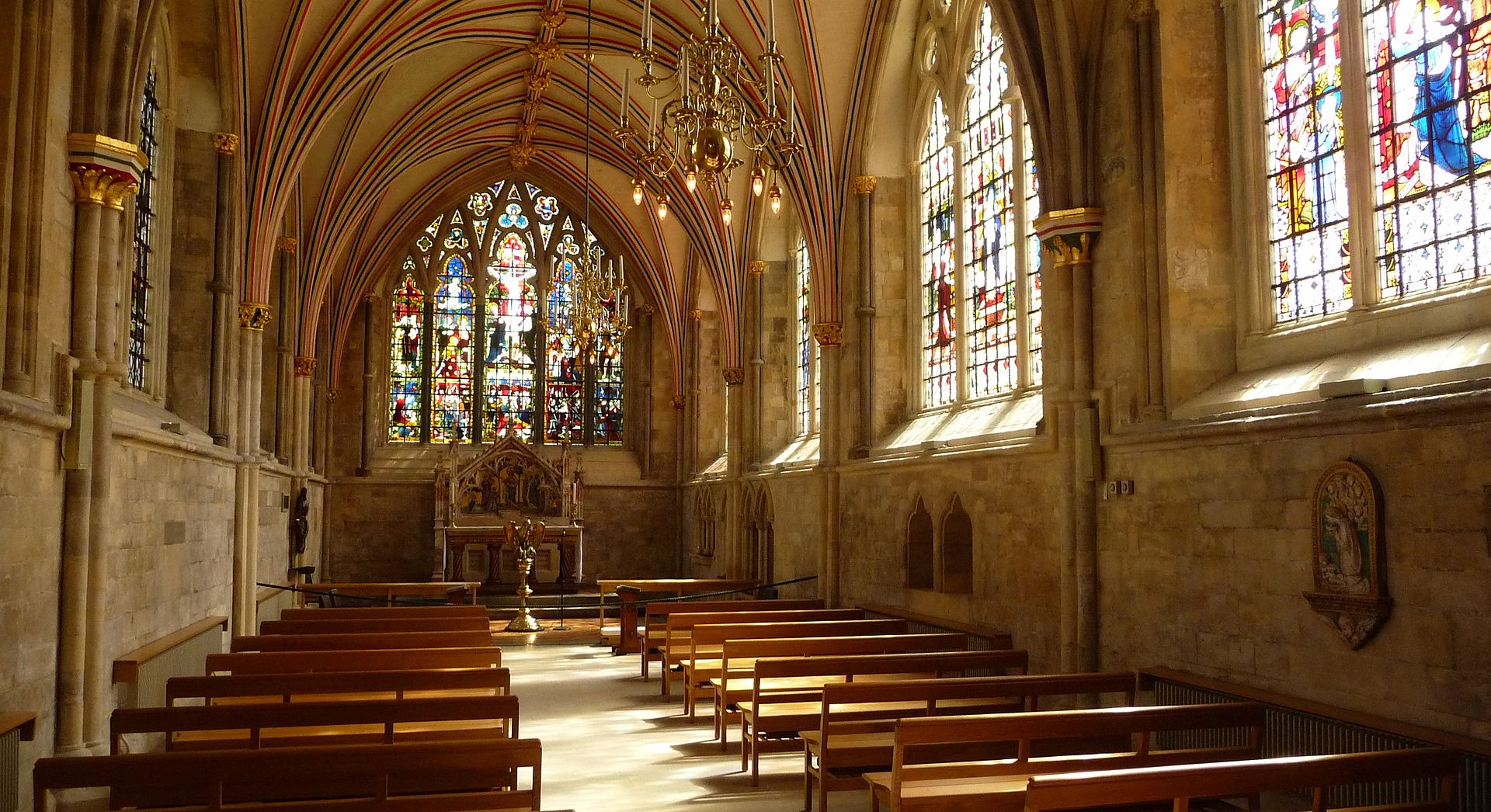© Unofficial Royalty 2024

Prince William, Duke of Gloucester; Credit – Wikipedia
July 24, 1681- Death of Agaphia Semenovna Grushevskaya, Tsaritsa of All Russia, first wife of Feodor III, Tsar of All Russia; first buried at the Ascension Convent, a Russian Orthodox nunnery in the Moscow Kremlin, in 1929 moved to the crypt of the Archangel Cathedral in the Moscow Kremlin
On July 21, 1681, Agaphia gave birth to a son Tsarevich Ilya Feodorovich. Sadly, Agaphia died of puerperal fever (childbed fever) three days later at the age of 18. Tsarevich Ilya Feodorovich survived his mother by a week. Feodor III was so grief-stricken that he was unable to attend his wife’s funeral. Agaphia was buried at the Ascension Convent, a Russian Orthodox nunnery in the Moscow Kremlin where royal and noblewomen were buried. In 1929, the Ascension Convent was dismantled by the Soviets to make room for the Red Commanders School. At that time, the remains of those buried there were moved to the crypt of the Archangel Cathedral in the Moscow Kremlin.
Unofficial Royalty: Wives of Feodor III of Russia: Agaphia Semenovna Grushevskaya and Marfa Matveyevna Apraksina
July 24, 1689 – Birth of Prince William, Duke of Gloucester, son of Queen Anne of Great Britain, at Hampton Court Palace in Richmond, England
Full name: William Henry
Queen Anne had 17 pregnancies with only five children being born alive. Two died on the day of their birth, two died at less than two years old within six days of each from smallpox, and Prince William died at age 11. When Virginia’s General Assembly named Williamsburg as the colony’s capital in 1699, it ordered that its main street “in honor of his Highness William Duke of Gloucester shall for ever hereafter be called and knowne by the Name of Duke of Gloucester Street.” Sadly, 11-year-old William died on July 30, 1700, leaving the House of Stuart with no heir. His death was the major reason for the passage of the Act of Settlement in 1701 which gave the throne to Sophie, Electress of Hanover and her Protestant descendants. Upon the death of Queen Anne, William’s mother, Sophia of Hanover’s son ascended to the British throne as King George I.
Unofficial Royalty: Prince William, Duke of Gloucester
July 24, 1720 – Birth of Louisa Ulrika of Prussia, Queen of Sweden, wife of King Adolf Frederik of Sweden, in Berlin, Kingdom of Prussia, now in Brandenburg, Germany
Upon her wedding in 1744 to King Fredrik I, her new husband gave Louisa Ulrika the ownership of Drottningholm Palace, not too far from the Swedish capital of Stockholm. During Louisa Ulrika’s ownership of Drottningholm Palace, the palace interior was redecorated in a more sophisticated French rococo style. On Louisa Ulrika’s 33rd birthday, Adolf Fredrik presented her with the Chinese Pavillion on the grounds of Drottningholm Palace. Louisa Ulrika was also responsible for rebuilding Drottningholm Palace Theatre after the original building burned down in 1762. Louisa Ulrika encouraged the leading scientists of the time to gather at Drottningholm Palace. The famous Swedish botanist Carl Linnaeus worked there, cataloging the royal collections’ natural objects. Louisa Ulrika and Adolf Fredrik continued to reside at the palace during their reign. In 1777, Louisa Ulrika sold Drottningholm Palace to the Swedish state. Currently, it is the home of the Swedish Royal Family.
Unofficial Royalty: Louisa Ulrika of Prussia, Queen of Sweden
July 24, 1759 – Birth of Vittorio Emanuele I, King of Sardinia at the Royal Palace in Turin, Kingdom of Sardinia, now in Italy
Vittorio Emanuele I reigned as King of Sardinia from the abdication of his elder brother Carlo Emanuele IV, King of Sardinia in 1802 until he abdicated in 1821 in favor of his younger brother Carlo Felice, King of Sardinia. As the senior surviving descendant of Henrietta of England, Duchess of Orléans, daughter of King Charles I of England and sister of James II, King of England/James VII, King of Scots, Vittorio Emanuele I became the Jacobite pretender to the thrones of England and Scotland after the death of his brother Carlo Emanuele in 1819. James II had been deposed by the Glorious Revolution in 1688. The goal of the Jacobites was to restore the Roman Catholic heirs of King James II of England/VII of Scotland to the thrones of England and Scotland. However, unlike the Stuart Jacobite pretenders – James II’s son James Edward Francis Stuart and James II’s grandsons Charles Edward Stuart and Cardinal Henry Benedict Stuart – none of the later Jacobite pretenders ever claimed the title.
Unofficial Royalty: Vittorio Emanuele I, King of Sardinia
Unofficial Royalty: The Jacobite Succession – Pretenders to the British Throne
July 24, 1796 – Birth of Georg, Duke of Saxe-Altenburg in Hildburghausen, Duchy of Saxe-Hildburghausen, now in Thuringia, Germany
Full name: Georg Karl Friedrich
As a younger son, it was not expected that Georg would one day succeed to the ducal throne. However, Georg became Duke of Saxe-Altenburg on November 30, 1848, succeeding his brother Joseph who was forced to abdicate. As Duke, he reformed the financial administration of the duchy and founded the George Foundation, which worked to promote and support artists and craftsmen. Georg came significant amounts of his own money to welfare efforts for the poor, earning him the nickname ‘Georg the Good’.
Unofficial Royalty: Georg, Duke of Saxe-Altenburg
July 24, 1817 – Birth of Grand Duke Adolphe of Luxembourg, born Hereditary Duke of Nassau at Biebrich Palace in Wiesbaden, Duchy of Nassau, now in Hesse, Germany
Full name: Adolf Wilhelm August Karl Friedrich
Adolph was the son of Wilhelm, Duke of Nassau whom he succeeded in 1839. Adolph’s first wife Grand Duchess Elisabeth Mikhailovna of Russia died in childbirth along with her child. Adolph married again to Princess Adelheid-Marie of Anhalt-Dessau. They had five children, but only two lived to adulthood including his successor Guillaume IV, Grand Duke of Luxembourg. In 1890, Adolphe became Grand Duke upon the accession of Queen Wilhelmina to the Dutch throne. The three previous kings of the Netherlands had also been Grand Dukes of Luxembourg. However, because Luxembourg did not allow female succession, Wilhelmina could not succeed to the throne of Luxembourg. 73-year-old Adolphe was a Protestant in a Catholic country and knew little about Luxembourg, so he left the governing to his prime minister.
Unofficial Royalty: Grand Duke Adolphe of Luxembourg
July 24, 1860 – Birth of Princess Charlotte of Prussia, Duchess of Saxe-Meiningen, granddaughter of Queen Victoria, at Neues Palais in Potsdam, Kingdom of Prussia, now in Brandenburg, Germany
Full name: Viktoria Elisabeth Auguste Charlotte
Princess Charlotte was the daughter of Victoria, Princess Royal and Friedrich III, German Emperor. Charlotte wanted to leave home as quickly as possible. As a marriage offered her the only way out, Charlotte found herself a prince, her shy and well-educated second cousin Bernhard, Hereditary Prince of Saxe-Meiningen. Because the prince was a suitable marriage candidate and their daughter caused much unrest at home, Charlotte’s parents agreed to the marriage. Charlotte and Bernhard were in 1878 when Charlotte was not quite 18. In 1914, Charlotte’s husband became the last reigning Duke of Saxe-Meiningen. His reign was short as Bernhard was forced to abdicate on November 10, 1918, and spent the rest of his life in his former country as a private citizen.
Unofficial Royalty: Princess Charlotte of Prussia, Duchess of Saxe-Meiningen
July 24, 1947 – Birth of Princess Sarvath El Hassan of Jordan, wife of Prince Hassan of Jordan, younger brother of King Hussein I of Jordan, born Sarvath Ikramullah, in Calcutta, India
Sarvath and her husband served as Crown Prince and Crown Princess of Jordan for 34 years, until 1999 when King Hussein named his eldest son Abdullah to succeed him just days before his death. During this time, Princess Sarvath worked with many organizations and initiatives within Jordan, with much of her focus on education and social welfare. The couple continues to represent Jordan at royal events around the world.
Unofficial Royalty: Princess Sarvath El Hassan of Jordan
This article is the intellectual property of Unofficial Royalty and is NOT TO BE COPIED, EDITED, OR POSTED IN ANY FORM ON ANOTHER WEBSITE under any circumstances. It is permissible to use a link that directs to Unofficial Royalty.
















